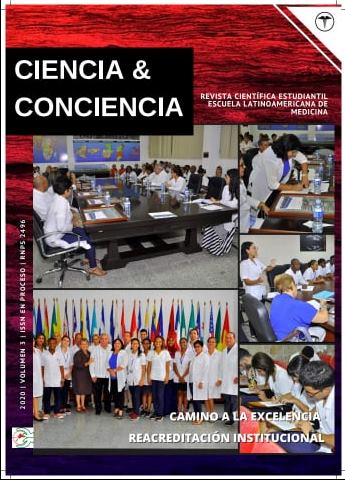La morfología, fisiología y las anomalías comunes de la placenta / The morphology, physiology and common abnormalities of the placenta
Palabras clave:
Placenta, Morfología, Fisiología, Anomalía / Placenta, Morphology, Physiology, Anomaly.Resumen
La placenta es el órgano más especializado implicado en el desarrollo embrionario que gracias a su compleja estructura y con la ayuda del líquido amniótico favorece el crecimiento y desarrollo del feto en formación. Se brinda oxígeno y nutrientes al bebé en crecimiento y elimina los residuos de su sangre. Los objetivos de este artículo son describir la morfología placentaria, destacando las estructuras más importantes para el desarrollo fetal, explicar la fisiología de la placenta, en cuanto a sus funciones de nutrición del feto e identificar las anomalías que afectan el embarazo y el parto. Se realizó una revisión bibliográfica de artículos con un enfoque en la morfología placentaria, su fisiología y las anomalías que más presentan. La placenta tiene una forma discoidea especializada con un diámetro de 15 a 25 cm. Cumple las funciones de la separación de circulaciones sanguíneas materna y fetal, controla la transferencia placentaria y evita el paso libre de las moléculas. Las anomalías más frecuentes son el desprendimiento placentario, placenta previa y placenta adherida. ABSTRACT The placenta is the most specialized organ involved in embryonic development. Thanks to its complex structure and with the help of the amniotic fluid, it promotes the growth and development of the developing fetus. It provides oxygen and nutrients to the growing baby and removes waste from its blood. The objectives of this article are to describe placental morphology, highlighting the most important structures for fetal development, to explain the physiology of the placenta, in terms of its fetal nutrition functions, and to identify the anomalies that affect pregnancy and delivery. A bibliographic review of articles was made with a focus on placental morphology, its physiology and the most common anomalies. The placenta has a specialized discoid shape with a diameter of 15 to 25 cm. It performs the functions of separating maternal and fetal blood circulation, controls placental transfer and prevents the free passage of molecules. The most frequent anomalies are placental abruption, placenta previa and placenta accreta.Descargas
Publicado
2021-09-29
Cómo citar
1.
Pascal A, Baron T, Turro Piti A, Acosta Elizastegui T. La morfología, fisiología y las anomalías comunes de la placenta / The morphology, physiology and common abnormalities of the placenta. RNPS 2492 [Internet]. 29 de septiembre de 2021 [citado 27 de diciembre de 2025];3(1). Disponible en: https://revcienciaconciencia.sld.cu/index.php/ciencia-conciencia/article/view/39
Número
Sección
Articulos de Revisión



